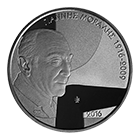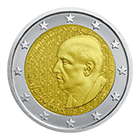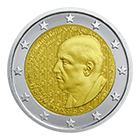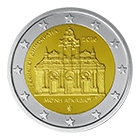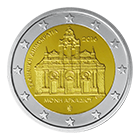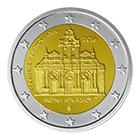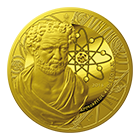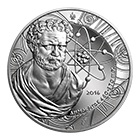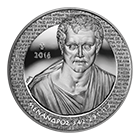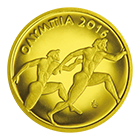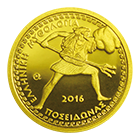

PELOPONNESE
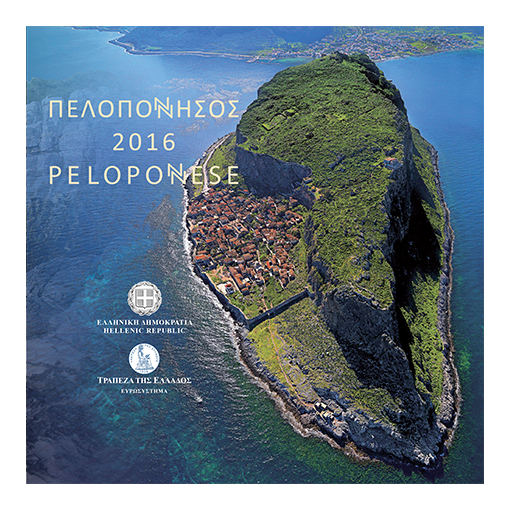
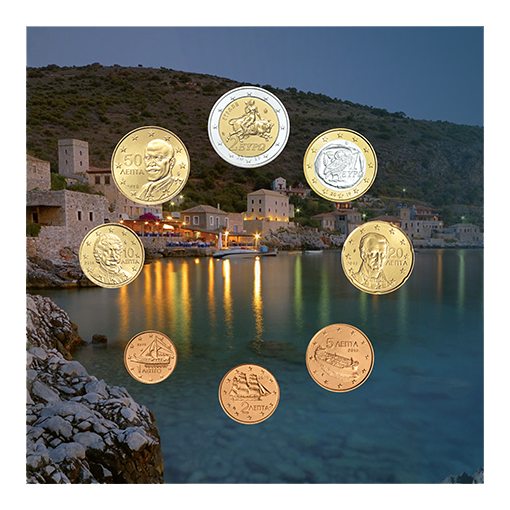
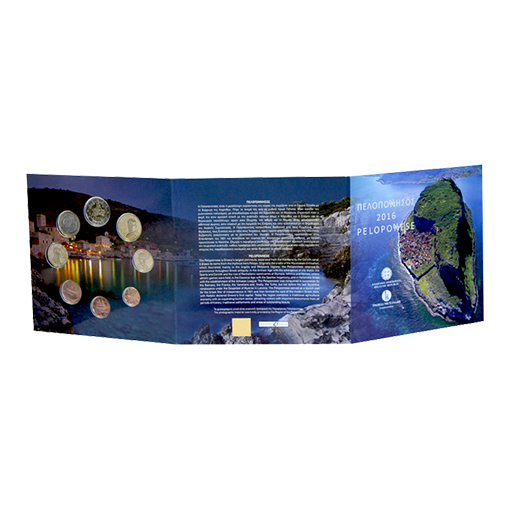
The Peloponnese is Greece’s largest peninsula, separated from the mainland by the Corinth canal. It draws its name from the mythical hero Pelops. Originally the cradle of the Mycenaean civilisation, which flourished mainly in the Argolis and Messenia regions, the Peloponnese retained its prominence throughout Greek antiquity: in the Archaic Age with the emergence of city states like Sparta and Corinth and the rise of Panhellenic sanctuaries at Olympia, Isthmia and Nemea, where athletic games were held; in the Classical Age with the Spartan hegemony; and in Hellenistic times with the establishment of the Achaean League. The Peloponnese was conquered in succession by the Romans, the Franks, the Venetians and, finally, the Turks, but not before the last Byzantine renaissance under the Despotate of Mystras in Laconia. The Peloponnese served as a launch-pad for the Greek War of Independence in 1821 and then formed the core of the modern Greek state, with Nafplio declared Greece’s first capital. Today the region combines a traditional agricultural economy with an expanding tourism sector, attracting visitors with important monuments from all periods of history, traditional settlements and areas of outstanding beauty.
Technical specifications
Coins included

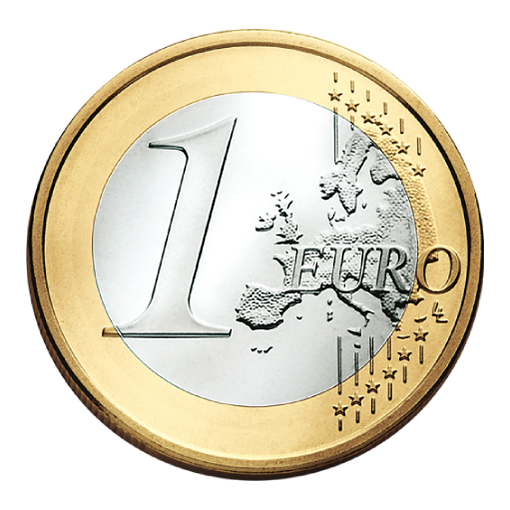
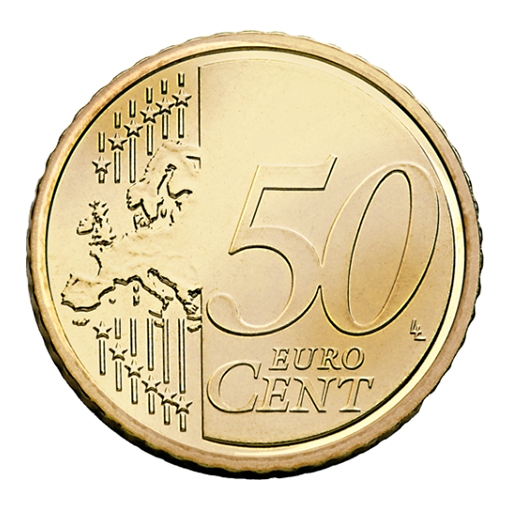



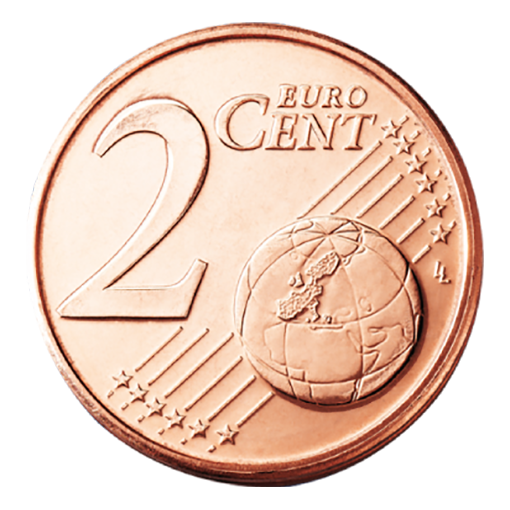

-
To order use the formDownload the pdf, fill out the form with your personal data and send via email
-
Learn about the Numismatic Programme 2016Download the pdf file



